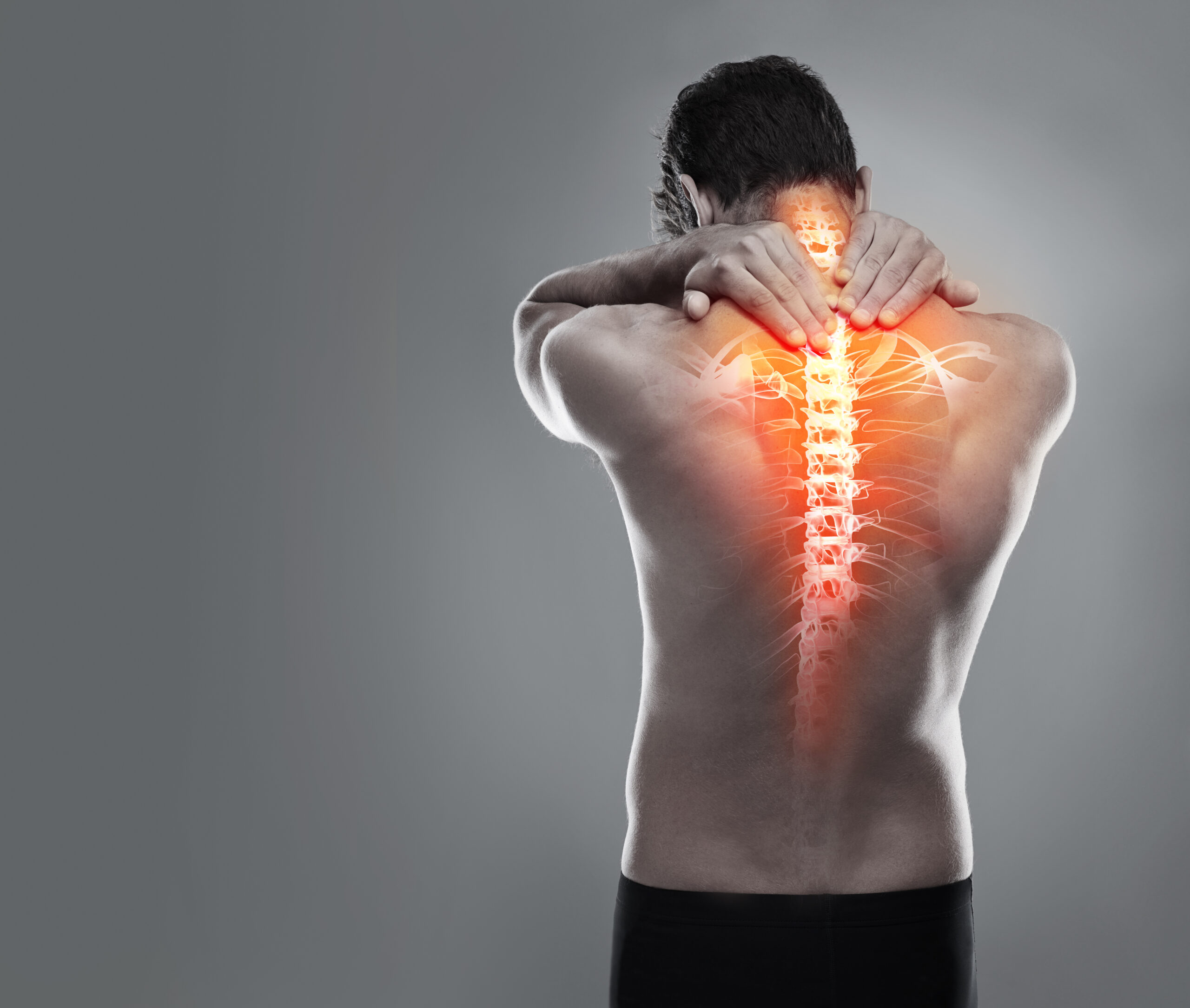Introduction
Neck Pain Treatment and Shoulder Pain Treatment, a prevalent health concern in modern society, is thoroughly examined in this article. With the expertise of Prof. Dr. Emine Nur Tozan, we explore the causes of these pains and discuss effective prevention methods.
Causes of Neck Pain Treatment and Shoulder Pain
Pain Treatment
- Muscle Tension and Strain
Muscle tension and strain, often resulting from prolonged computer use, improper posture, and lifting heavy objects, are prevalent causes of neck and shoulder pain. Prof. Dr. Emine Nur Tozan emphasizes the role of everyday activities and workplace ergonomics in contributing to these conditions. This section will delve into how repetitive and sustained activities lead to muscular imbalances, exploring the physiological processes behind muscle strain and the development of chronic pain conditions.
- Postural Disorders
Incorrect posture is a significant contributor to neck and shoulder pain. Prof. Dr. Tozan notes the imbalance it creates in muscle load, leading to discomfort and pain. We’ll explore the biomechanics of posture, how it affects spinal alignment and muscle tension, and the cumulative impact of poor posture over time, including the development of chronic conditions.
- Trauma or Injuries
Traumatic incidents, such as accidents, falls, or sports injuries, can adversely impact the muscles, tendons, and ligaments in the neck and shoulder regions. Prof. Dr. Tozan discusses the various types of traumatic injuries, their immediate and long-term effects on the musculoskeletal system, and the body’s response to such traumas.
- Osteoarthritis
Osteoarthritis, arising from the wear and tear of joint cartilage, can significantly affect the neck and shoulder joints. Prof. Dr. Tozan explains the degenerative nature of osteoarthritis, its symptoms, and how it specifically impacts the neck and shoulder areas, including the gradual progression and the factors that exacerbate this condition.
- Nerve Compression
Nerve compression in the neck and shoulder areas, as noted by Prof. Dr. Tozan, can cause pain, numbness, and a loss of strength. This section will discuss the common causes of nerve compression, its pathophysiology, and how it manifests in symptoms that affect daily activities and overall quality of life.
Prevention Methods
- Identifying Risk Factors
Understanding and identifying risk factors is crucial in preventing neck and shoulder pain. Prof. Dr. Tozan stresses the importance of algological assessments to pinpoint risk factors such as poor posture, muscle weakness, and stress. This segment will cover the strategies for recognizing early signs and implementing preventive measures.
- Education and Awareness
Education and awareness about pain management are key components in preventing neck and shoulder pain. Prof. Dr. Tozan advocates for patient education, emphasizing the role of proper posture techniques and ergonomic principles in daily life. This section will focus on educational initiatives, including workshops and training sessions, that can empower individuals to manage their risk factors effectively.
Treatment Methods
- Medication
Under Prof. Dr. Tozan’s algological approach, medications such as pain relievers and anti-inflammatory drugs play a significant role in managing pain. This section will explore the types of medications used, their mechanisms of action, indications, and potential side effects, providing a comprehensive view of pharmacological pain management.
- Physical Therapy and Rehabilitation
Physical therapy, including muscle strengthening and stretching exercises, is a cornerstone of pain alleviation, as suggested by Prof. Dr. Tozan. Techniques like manual therapy and electrotherapy will be discussed in detail, highlighting their benefits in restoring function and reducing pain.
- Interventional Treatment Methods
In severe cases, Prof. Dr. Emine Nur Tozan recommends interventional treatments such as nerve blocks, epidural injections, and radiofrequency ablation for effective pain management. This part will delve into the specifics of these treatments, their indications, procedures, and outcomes, offering insight into their role in comprehensive pain management.
Radiofrequency ablation (RFA) is a minimally invasive procedure where radio waves produce an electrical current to heat up a small area of nerve tissue, thereby decreasing pain signals from that specific area. This technique is particularly useful in chronic pain conditions such as facet joint pain, sacroiliac joint pain, and certain types of chronic knee and hip pain. The procedure involves inserting a needle under the guidance of imaging techniques like fluoroscopy, ensuring precise targeting of the nerve. Once the needle is in place, a radiofrequency current is passed through it, creating a heat lesion that disrupts the nerve’s ability to send pain signals. The effects of RFA can last from six months to several years, significantly improving the patient’s quality of life by alleviating pain.
- Behavioral Therapy
Stress management and relaxation techniques are essential in addressing the psychological aspects of pain, as highlighted by Prof. Dr. Tozan. This section will explore various behavioral therapies, their effectiveness in pain management, and how they contribute to an integrated approach to treating neck and shoulder pain.
Conclusion
Neck and shoulder pain, while common, require a multifaceted approach for effective management. Through the guidance of Prof. Dr. Emine Nur Tozan and the principles of algology, patients can achieve a holistic treatment plan that addresses both the physical and psychological aspects of pain. This comprehensive guide emphasizes the importance of individualized care, preventive strategies, and the integration of various treatment modalities for the best outcomes in managing neck and shoulder pain.





